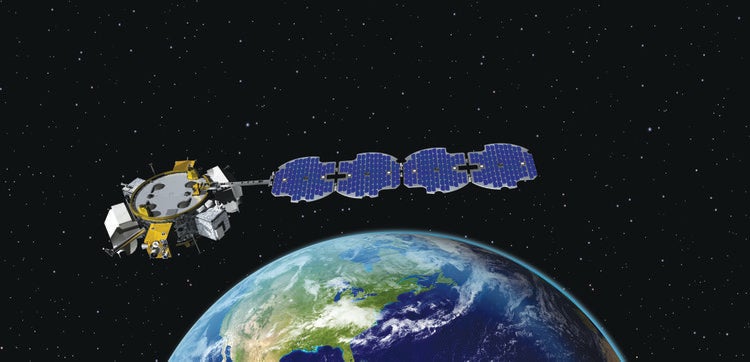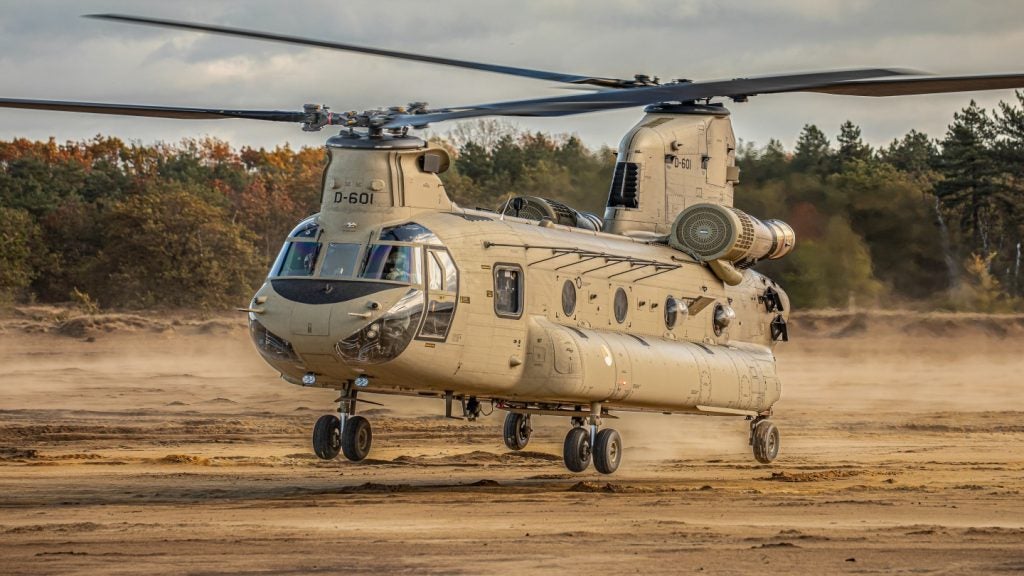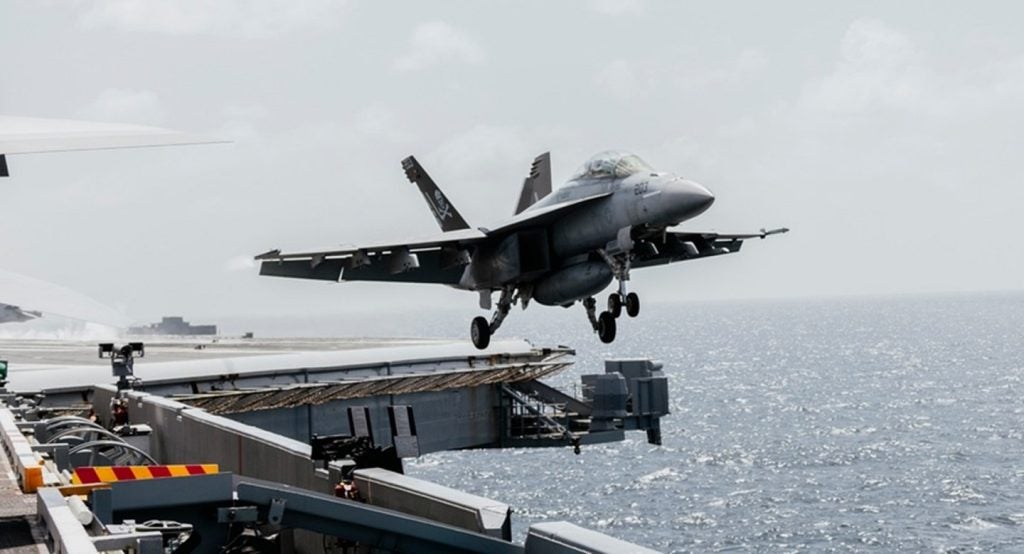
The US Space Systems Command (SSC) and its mission partners have successfully launched the US Space Force’s (USSF)-12 mission.
The mission was scheduled to launch on 29 June, but was postponed for 24 hours due to weather conditions.
On 1 July, USSF-12 was launched from Space Launch Complex (SLC)-41 at Cape Canaveral Space Force Station, Florida, aboard a United Launch Alliance (ULA) Atlas V 541 rocket.
The rocket included Wide Field of View (WFOV) Geosynchronous Earth Orbit (GEO) testbed and USSF-12 Ring satellites.
SSC Space Sensing programme executive officer colonel Brian Denaro said: “This mission was a joint endeavour between SSC, Nasa and industry partners to advance Overhead Persistent Infrared (OPIR) technologies and concept of operations (CONOPS) through on-orbit demonstration of new materials and techniques.”
The SSC’s WFOV GEO Testbed promotes sensor sensitivity across the total field of view to track dim targets over large areas.
How well do you really know your competitors?
Access the most comprehensive Company Profiles on the market, powered by GlobalData. Save hours of research. Gain competitive edge.

Thank you!
Your download email will arrive shortly
Not ready to buy yet? Download a free sample
We are confident about the unique quality of our Company Profiles. However, we want you to make the most beneficial decision for your business, so we offer a free sample that you can download by submitting the below form
By GlobalDataThe other co-prime space vehicle is the Department of Defence (DoD) Space Test Programme’s (STP) USSF-12 Ring.
It is part of Northrop Grumman’s ESPAStar product family, which provides modular features.
Northrop Grumman national security systems vice-president Troy Brashear said: “As the ESPAStar mission owner, we combined critical technology into a single cohesive mission, including hardware integration and test, ground software, command and control development and integration, mission execution planning, and on-orbit operations.”
Separately, SSC and Virgin Orbit National Systems air-launched seven DoD research and development satellites from Mojave Air and Space Port, California, on 1 July.
The space vehicles will provide capability against adversaries in the highly contested space domain.
The USSF awarded a three-launch mission, dubbed STP-S28, to Virgin Orbit National Systems in April 2020.







